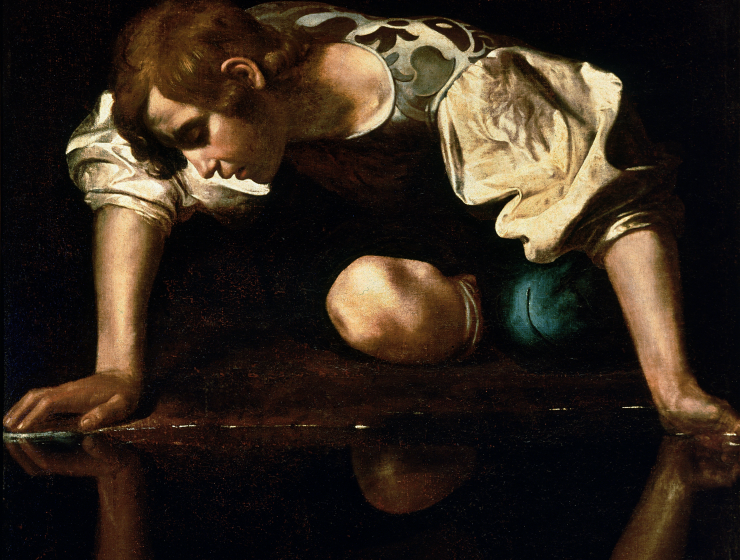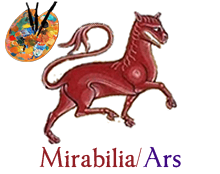
-Index-
Art, beauty and reconciliation with our existence
Matheus Corassa da SILVA
Original title: Arte, beleza e reconciliação com nossa existência
Letting the wolf in: the duality of human and animal, inclusion and exclusion and the crossing of these boundaries of the werewolves in Gerald of Wales’ Topographia Hibernica
Julia van ROSMALEN
Original title: Letting the wolf in: the duality of human and animal, inclusion and exclusion and the crossing of these boundaries of the werewolves in Gerald of Wales’ Topographia Hibernica
This article shows, using a close analysis of the images and text, that despite the initial association with ‘Othering’ and monstrousness, the werewolves from the Topographia Hibernica are not a perfect Other but rather assimilated into the community. They represent a transgression between the boundaries of the human and the animal that renders them porous and allows for movement between the two and an interplay of inclusion and exclusion. The werewolves aren’t hybrids in form or nature, but rather show a discordance between form and nature: They are perfectly animal in appearance and perfectly human in nature. The deliberate parallel with theory of form and nature in the eucharist which plays a central role in both the conclusion of the story, the final image and the authors theological discourse on transformation shows that the final verdict on the wolves is one of sameness rather than otherness.
The Cantigas de Santa Maria of King Afonso X (13th century). Cantiga 84: religious orders and aedificationes
Bárbara DANTAS
Original title: As Cantigas de Santa Maria do rei Afonso X (século XIII). Cantiga 84: as ordens religiosas e as aedificationes
This work aims to show the importance of medieval religious orders for the realization of architectural works in the medieval period. The main source of this study is not an architectural work in itself, but a codex. Both in images and texts, this book delights us with many references to architectural works. It is the Cantigas de Santa Maria of King Afonso X. A compendium of the 13th century formed by about 420 songs recorded in Galician-Portuguese through rhythmic verses. The songs are “illuminated” by hundreds of historical full-page illuminations that represent in images what the text says in words. Cantiga 84 is the driving force behind this brief survey of some buildings that marked the Middle Ages and still enchant the world.
Medieval art, the longing for beauty and the fourth way of St. Thomas Aquinas
Armando Alexandres dos SANTOS
Original title: A arte medieval, o anseio pela beleza e a quarta via de São Tomás de Aquino
This article focuses on the fourth way of St. Thomas Aquinas (1225-1274) for the rational demonstration of the existence of God (the way of degrees of perfection) from the specific point of view of the continuous search, in everything, of beauty as an ideal of religious inspiration, in the art and life of the medieval people.
Schemata’s interchangeability and inter-functionality of Schemata in Themes with Variations of Mozart’s Sonatas for Piano and Violin
Ernesto HARTMANN, Aline Mendonça PEREIRA, Gabriel Azevedo GUERRA
Original title: Intercambialidade e interfuncionalidade das Schemata nos Temas com Variações das Sonatas para Piano e Violino de Mozart
In this article we examine in Theme and Variations set of the Sonatas for Piano and Violin by W. A. Mozart (1756-1791) the relations between Schemata’s interchange, interpolation and inter-functionality. For this, we analyze the schematic composition of each movement, paying attention to the substitutions that the composer makes. In the theoretical basis we dialogue with the authors who discuss the relationship between Topic and Schemata. The work is structured as follows: conceptualization of Schemata, brief discussion about the problem of relationship between Schemata and Topic, analysis of selected works and final considerations. It is concluded that the functionality of each Schema, concept implied by Gjerdingen, is the way to understand the logic that regulates the substitutions observed in the works.


















































































